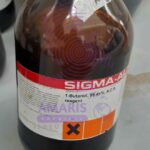
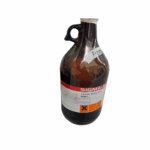


Butanol 99.4%
$5,000.00 Original price was: $5,000.00.$4,500.00Current price is: $4,500.00.
Butanol, also known as butyl alcohol, is a type of alcohol with four carbon atoms in its molecular structure. There are four isomeric forms of butanol, which differ based on the location of the hydroxyl (-OH) group on the carbon chain. These isomers are:
- n-Butanol (1-butanol): The “n” stands for “normal,” indicating that the carbon chain is linear. It is often used as a solvent and in the production of plastics, coatings, and pharmaceuticals.
- Isobutanol (2-methyl-1-propanol): This isomer has a branched structure, with a methyl group (-CH3) attached to the second carbon atom. Isobutanol has applications as a solvent, in the production of various chemicals, and as a fuel additive.
- Sec-butanol (2-butanol): It has a branched structure, with the hydroxyl group attached to the second carbon atom. It’s used as a solvent and in the manufacture of perfumes and pharmaceuticals.
- Tert-butanol (2-methyl-2-propanol): This isomer is highly branched, with the hydroxyl group attached to a carbon atom that is itself attached to three other carbon atoms. Tert-butanol is used primarily as a solvent and as a chemical intermediate.
Uses of Butanol
Extraction Solvent:
Butanols are frequently used as extraction solvents in laboratory procedures to isolate and purify organic compounds from complex mixtures. They can efficiently dissolve a wide range of organic substances.
Reaction Solvent:
Butanols are used as reaction solvents in various organic synthesis reactions. They can serve as reaction media for a range of organic transformations, such as esterifications, oxidations, and reductions.
Chromatography:
Butanols can be used as mobile phase solvents in chromatographic techniques such as gas chromatography (GC) and liquid chromatography (LC). They aid in the separation and analysis of complex mixtures of compounds.
Extraction of Essential Oils:
Butanols are sometimes employed in the extraction of essential oils from plant materials. They can efficiently extract aromatic compounds from botanical sources, which are then used in perfumery, aromatherapy, and flavoring.
Preservation:
Butanols, particularly tert-butanol, are used as preservatives for biological samples in laboratories. They help prevent microbial growth and contamination in cell culture and molecular biology applications.
Cleaning Agent:
Butanols can be used as cleaning agents in laboratory settings due to their ability to dissolve various organic residues and contaminants from glassware, equipment, and surfaces.
Solvent in Spectroscopy:
Butanols are sometimes used as solvents for preparing samples for spectroscopic analysis, such as infrared spectroscopy (IR) or nuclear magnetic resonance (NMR) spectroscopy.


 Emollients
Emollients Humectants
Humectants UV Filters
UV Filters Surfactants (cosmetic)
Surfactants (cosmetic) Preservatives (cosmetic)
Preservatives (cosmetic) Fragrances and Essential Oils
Fragrances and Essential Oils Antioxidants (cosmetics)
Antioxidants (cosmetics)
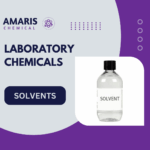 Solvents (lab)
Solvents (lab) Chromatography Chemicals
Chromatography Chemicals Microbiology and Cell Culture Reagents
Microbiology and Cell Culture Reagents Biochemical Reagents
Biochemical Reagents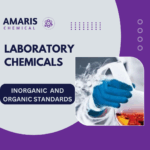 Inorganic and Organic Standards
Inorganic and Organic Standards Spectroscopy Reagents
Spectroscopy Reagents Molecular Biology Reagents
Molecular Biology Reagents
 Precious Metal Extraction Agents
Precious Metal Extraction Agents
 Plasticizers
Plasticizers Polymerization Initiators
Polymerization Initiators Stabilizers
Stabilizers Monomers
Monomers Fillers and Reinforcements
Fillers and Reinforcements Antioxidants (plastics)
Antioxidants (plastics) Colorants (plastic pigments,Dyes)
Colorants (plastic pigments,Dyes)
 Fertilizers
Fertilizers Plant Growth Regulators
Plant Growth Regulators Soil Conditioners
Soil Conditioners Animal Feed Additives
Animal Feed Additives Biostimulants
Biostimulants
 Dough Conditioners
Dough Conditioners Flour Treatments
Flour Treatments Fat Replacers
Fat Replacers Preservatives (baking)
Preservatives (baking)
 Surfactants (cleaning)
Surfactants (cleaning) Builders
Builders Bleaching Agents
Bleaching Agents Enzymes
Enzymes Solvents (cleaning)
Solvents (cleaning)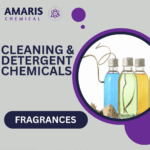 Fragrances
Fragrances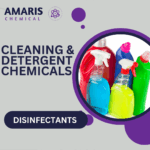 Disinfectant
Disinfectant Metal cleaning
Metal cleaning
 Binders/Resins
Binders/Resins Pigments
Pigments Solvents (paint)
Solvents (paint) Additives
Additives Driers
Driers Anti-Corrosion Agents
Anti-Corrosion Agents Specialty Coatings
Specialty Coatings Functional Coatings
Functional Coatings Application-Specific Coatings
Application-Specific Coatings
 Sealants and Adhesives
Sealants and Adhesives
 Biodegradable Surfactants
Biodegradable Surfactants Bio-based Solvents
Bio-based Solvents Renewable Polymers
Renewable Polymers Carbon Capture Chemicals
Carbon Capture Chemicals Wastewater Treatment Chemicals
Wastewater Treatment Chemicals
 Preservatives (food)
Preservatives (food)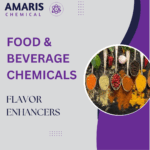 Flavor Enhancers
Flavor Enhancers Acidulants
Acidulants Sweeteners
Sweeteners Emulsifiers
Emulsifiers Antioxidants (food)
Antioxidants (food) Colorants (food)
Colorants (food) Nutrient Supplements
Nutrient Supplements Nutraceutical Ingredients
Nutraceutical Ingredients
 Fresh Herbs
Fresh Herbs Whole Spices
Whole Spices Ground Spices
Ground Spices Spice Blends
Spice Blends
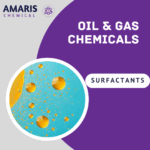 Surfactants(oil)
Surfactants(oil)
 Antibiotics
Antibiotics Active Pharmaceutical Ingredients
Active Pharmaceutical Ingredients Excipients
Excipients Vaccine Adjuvants
Vaccine Adjuvants Nutraceutical Ingredients
Nutraceutical Ingredients Solvents (pharmaceutical)
Solvents (pharmaceutical)
 Automotive chemicals
Automotive chemicals Pyrotechnic Chemicals
Pyrotechnic Chemicals


 Vulcanizing Agents
Vulcanizing Agents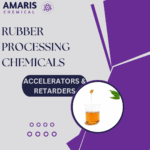 Accelerators & Retarders
Accelerators & Retarders Antidegradants
Antidegradants Reinforcing Agents
Reinforcing Agents Plasticizers & Softeners
Plasticizers & Softeners Fillers & Extenders
Fillers & Extenders Blowing Agents
Blowing Agents Adhesion Promoters
Adhesion Promoters


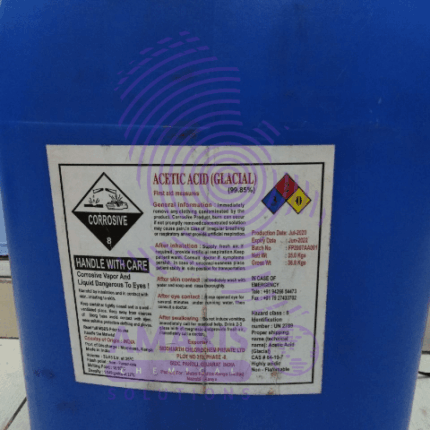



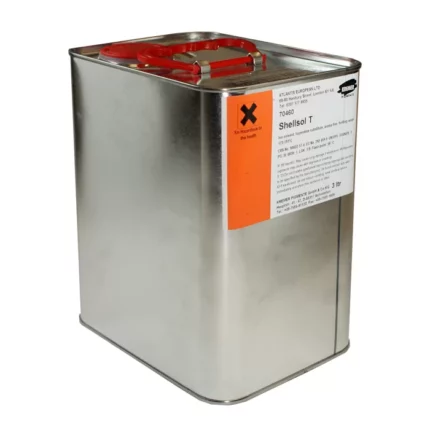

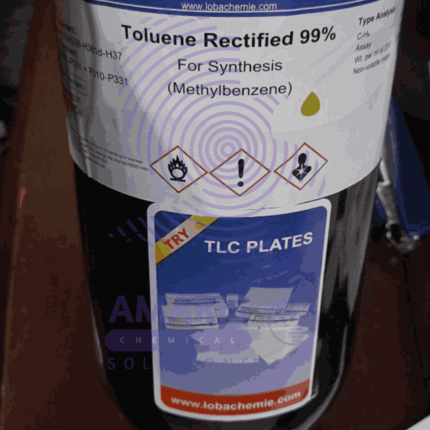















Farhan –
I find butanol versatile for its use as a solvent, chemical intermediate, and fuel additive, contributing to various industrial applications.
Charles gitau –
Industrial Solvent: Butanol is commonly used as a solvent for paints, coatings, varnishes, resins, and inks due to its effective ability to dissolve organic compounds.
Rominki –
Excellent value
Robert muh –
Masterpiece
Daven Port –
Butanol is the best!